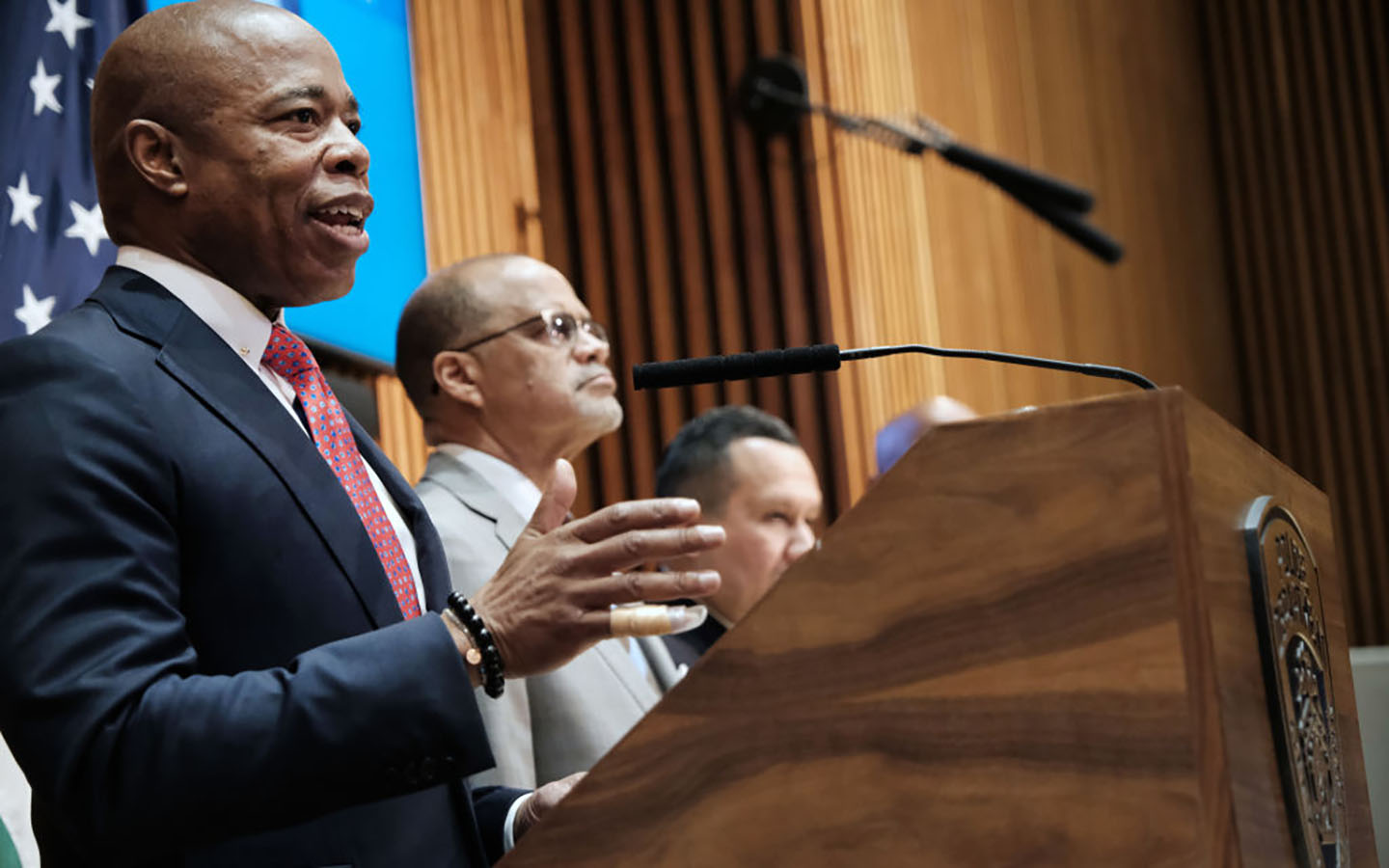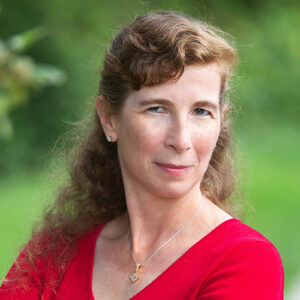Adams: What NYC’s New Remote-Only Schools Could Mean for Educational Choice
NYC wants to coax reluctant families back into the public schools. Could listening to parents who want a remote option be the magic bullet?

New York City families found out where their children had been accepted for public high school on June 8. This year’s placement algorithm was an expansion of last year’s, when the majority of seats were assigned by lottery. In 2021, this resulted in many high-achievers being placed in schools where less than 50% of students were performing at grade level. Parents refused to comply, opting for private and charter schools, or leaving the city. This exodus contributed to the loss of 120,000 families from NYC public schools over the past five years.
Mayor Eric Adams has vowed to reverse this loss. He and Schools Chancellor David Banks have promised that they will listen to parents. One thing families have been clamoring for since fall 2021 is a remote learning option for those still reluctant to return to in-person school. During the 2021-22 school year, NYC was the outlier among large urban districts in not offering any remote option. Most of these districts plan to continue with some virtual schools in the fall.
As far back as July 2020, we advised that NYC could halt student attrition by creating a remote learning district. Last month, Banks finally announced they’d be creating two new virtual schools.
A recording of the Roundtable is available, see link below for video & time frame topic is discussed.
— Vanessa Sica Kasabach (@VSicaKasabach) May 29, 2022
ALL NYC students & families deserve a #FreeSafePublicEducation & those w/ health & safety concerns or risks deserve an OPTION, like virtual to protect themselves! 🤦♀️ @cveiga https://t.co/vVEBod0ehK
NYC already offers home instruction for medically fragile children. Jennifer Taylor, mother of a ninth grader who receives the service due to COVID anxiety and iron deficiency, explained, “It’s not really a remote option. One teacher she does remote with. He posts the work, she does it, then they video call and go over it for about two hours per week. The math teacher comes here and works with her for two hours a week. She’s only taking two classes. It’s not a lot.”
A remote option would expand these services for any rising ninth graders who opt in — but details have not been released. They are promised “soon” (the administration’s favorite word). We don’t know who will teach in these schools, how students can apply or even whether they will open in time for the new academic year. We don’t know what a formal remote learning day will consist of.
Taylor, whose daughter wouldn’t be able to benefit from the program, as she will be in 10th grade next year, says, “I think it’s important to have a remote option for school, but I don’t think the kids need as much time as they have in school because there’s a lot of filler. I don’t think they need more than a few hours per day. I think it’s good for her to have access to the teachers, but I honestly don’t think it needs to be more than three or four hours a day.”
If the administration agrees, could remote schools offer two sessions, one in the morning and the other in the afternoon? They’d be able to serve more students, but keep down class size, something NYC has just been directed to do by the state Legislature. Adding a remote option could contribute to shrinking in-person classes, too. A win-win!
The biggest question about creating permanent remote learning schools is what the benchmark will be for their success. At some NYC high schools, only around a quarter of students graduate college ready. Will remote schools need merely to match those results, or will they, like charter schools, be required to show superior performance in order to be allowed to continue?
And if this year’s remote ninth grade is a success, will NYC add the rest of the high school years? Middle school? The city Department of Education currently says it is against including elementary grades, because that would require an adult at home to help. But if a parent is willing to supervise their child’s education or hire someone else to do it, as we saw with pandemic learning pods, shouldn’t they be allowed to? Parents of younger children were unhappy when schools shut down in March 2020 because that meant they had to stay home with their kids. This would be their choice. No one would be doing it against their will.
And if that happens, might, in the future, students be able to attend K-12 remotely for no other reason than that they prefer it? Taylor admits that, in addition to her medical needs, her daughter opted for home instruction because the public high school she was assigned to “wasn’t a good fit.”
NYC is desperately looking for ways to coax reluctant families back into the system, since for every student lost, the district loses $28,000 in funding, which affects those who stay.
Could listening to those parents who want a remote option be the magic bullet the department has been looking for? Could it outlive the pandemic? Could it become just another school choice, the way New Yorkers can already opt their children into unzoned schools, dual language programs, gifted-and-talented programs, etc.?
And if that’s the case, might the rest of the country follow the lead of America’s largest school district?
By offering remote schooling beyond students who are medically fragile, might NYC lead the way to even more educational choices for all?
Get stories like these delivered straight to your inbox. Sign up for The 74 Newsletter

;)

